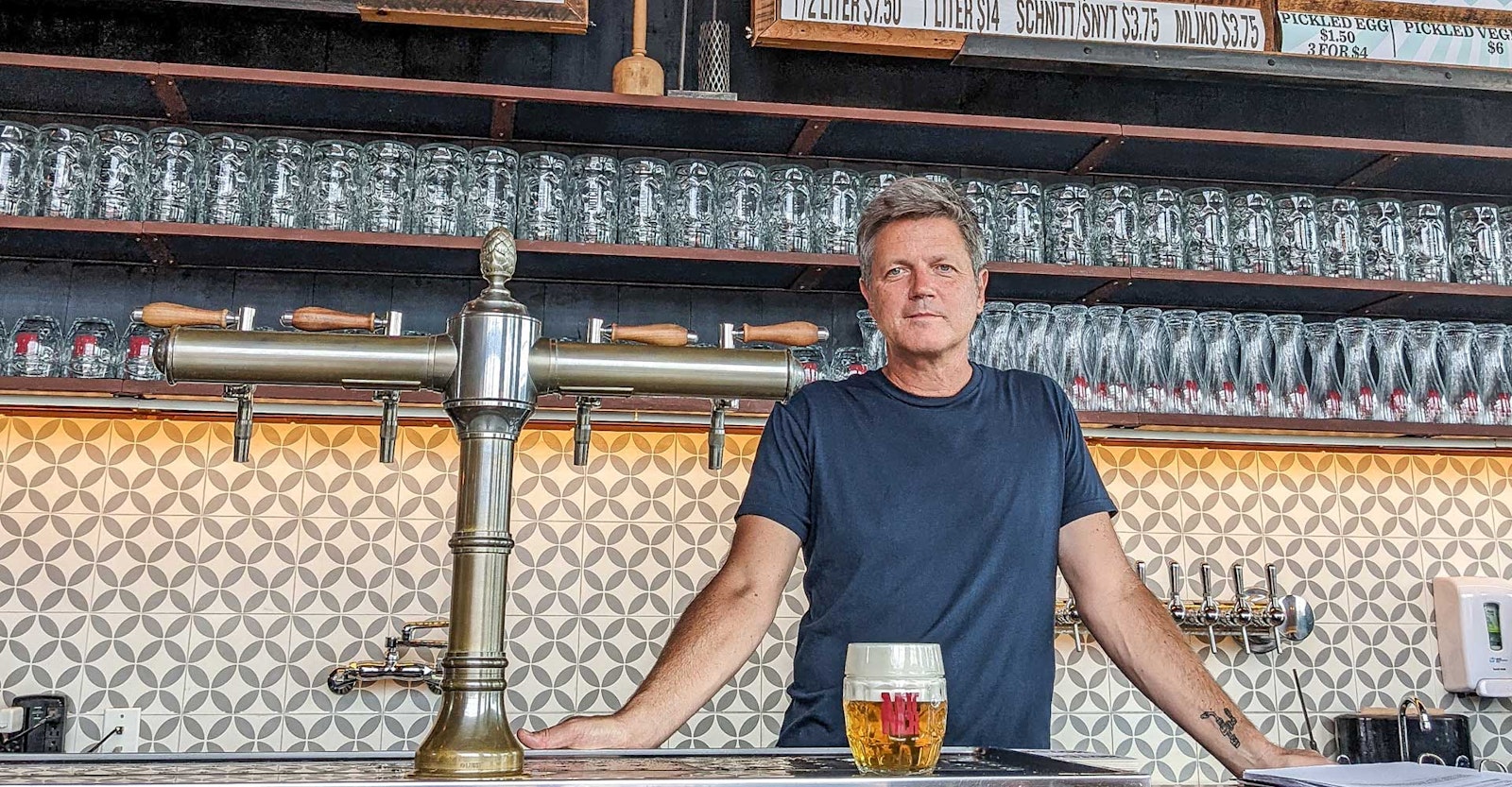Notch proudly declares that it’s been “brewing session beer since before it was cool”—but there is much more to it than that.
For one thing, Notch kept on brewing session beer even after it was cool. Founder Chris Lohring says they don’t use the S-word so much anymore, since the coming and going of the session IPA trend more or less knocked it out of fashion. “So, we just talk more in terms of modest ABV and traditional styles,” he says.
For another thing, there is much more to these beers than their modest strength—there is a whole experience involved. Whether you’re at the brewery-taproom in Salem, Massachusetts, or the one in Boston’s Brighton neighborhood, you’ll receive service that is reverent to the traditions from which those beers come. This was the first brewery in the United States to import Lukr side-pull taps—now de rigueur at lager-centric breweries across the country. It was also the first to host a Kölsch night, which they repeat every few months—pouring the beer from spigoted stichfass barrels, delivering it via table service, and marking deckels with those little notches that are the brewery’s namesake. (Also see “Kölsch Night: Traditional Service Takes Off in American Taprooms,” brewingindustryguide.com.)

